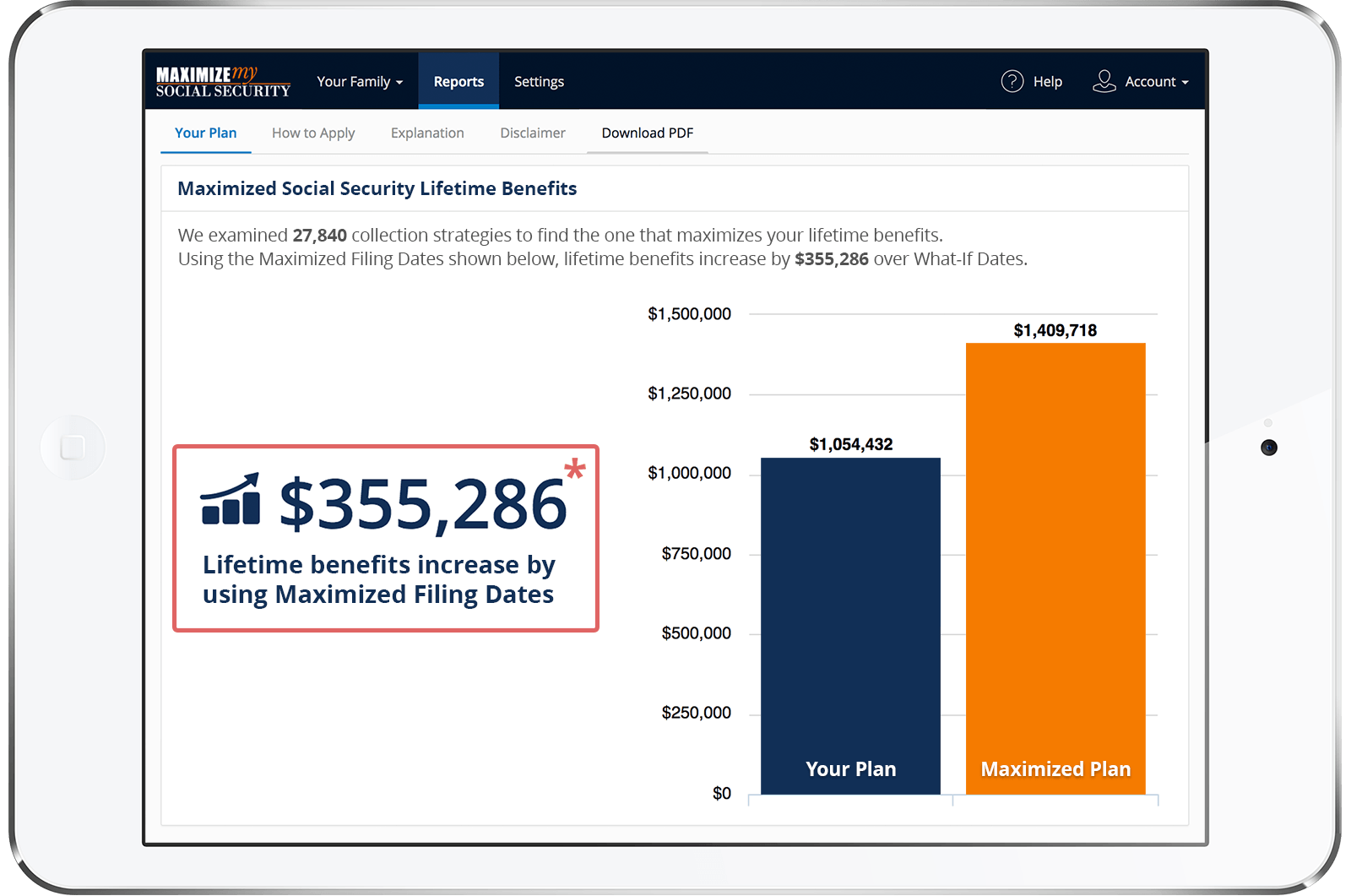Hi Larry. I have 2 questions one regarding Parisi and one regarding multiple eligibility.
Situation: My mother receives retirement benefits under her own record, and survivor benefits under my father's (adoptive) record. I receive disabled adult child benefits under my father's (adoptive) record. My sister recently became disabled and receives benefits under her own record and under our father's (adoptive) record.Reason for questions: When my sister began receiving benefits my mother's survivor benefits were reduced (SSA cited family max) and my sister's benefits were reduced (or limited from the get go) below the .75 of our adoptive father's (adoptive) PIA she is entitled to. My benefits were unchanged.
Parisi question: SSA cited family max as the reason that my sister and mothers benefits were reduced, and Parisi as the reason mine were not. I note that Parisi states that only actual paid benefits count against family max. The potential auxiliary benefits, (my full DAC benefit, my mothers survivor benefit, and my sisters full possible DAC benefit minus the amount paid on her record) do not approach the family maximum on our father's record, let alone the combined family maximum. The family maximum is only exceeded when my mothers and sisters benefits on their own records are included. Is it true that dually entitled beneficiaries are reduced based on the full potential benefit ignoring reductions from benefits on ones own record, while simultaneously entitled beneficiaries are only limited by the actual amount paid? Does this remain true even when, after returning simultaneous beneficiaries to the maximum possible benefit, there is plenty of money left over in the family max to cover the other payable auxiliary benefits? I can see in the examples in POMS that simultaneous beneficiaries are increased back towards full possible benefits before dual beneficiaries, ( this seems rational as it still leads to a maximum family payment) but do not see a case where there is money left on the table so to speak-- the family max is not used up by the resulting auxillary benefits.
Multiple eligibility question: My sister and I are eligible under out mother, our adoptive father, and our biological father. My sister would receive more that she currently does under our adoptive father, if she switched to receiving benefits under our biological father. How would she do this? Would this allow my mothers benefits to go back up? Does this provide a family maximum loophole that would allow both my mother and sisters benefits to increase to entitlement level on our adoptive fathers record. (combined family max under our mother and adoptive father runs into the family max limit, however, since our mother is not entitled under our biological father, it seems that the calculations might get separated, or the maxes added differently, there is a line in POMS asserting that individual entitled under an alternate record should be excluded from family max calculations, as if my sister and I shouldnt impact our mother, and an example in POMS like this, but the amounts aren't near the family max limit)
Thanks
Will
Hi Will,
Well, let me start out by saying that I'm quite impressed with your knowledge of the Social Security rules in this area.
To answer your first question, the Parisi ruling (https://secure.ssa.gov/apps10/poms.nsf/lnx/0300615768) doesn't help dually entitled beneficiaries, that is, beneficiaries who are entitled to 2 or more different types of benefits (e.g. retirement and widow, disability and surviving child, etc.) like your mother and sister. Only beneficiaries who are singly entitled or simultaneously entitled, meaning entitled to the same type of benefit on more than one record, are eligible to receive a redistribution of benefits made available under the family maximum due to benefits paid to dually entitled beneficiaries on their own records.
I could try to make up an example, but instead I'll refer you to the examples in section F of the following POMS reference: https://secure.ssa.gov/apps10/poms.nsf/lnx/0300615768. Unfortunately, the examples use SSA acronyms, but I hope that you're able to follow them in spite of that. Anyway, the bottom line is that this explains why you are getting a higher benefit rate than your mother and sister.
With regard to your second question, it doesn't sound like anything would change if your sister became entitled to benefits on her biological father's record. Splitting of entitlement (i.e. having simultaneously entitled children draw on separate records) is not permitted (https://secure.ssa.gov/apps10/poms.nsf/lnx/0300615770), so she would still be included in the family maximum distribution on your adoptive father's account. In most combined family maximum cases, benefits are paid on the record with the highest primary insurance amount (PIA), which is apparently your adoptive father's record.
Best, Jerry
